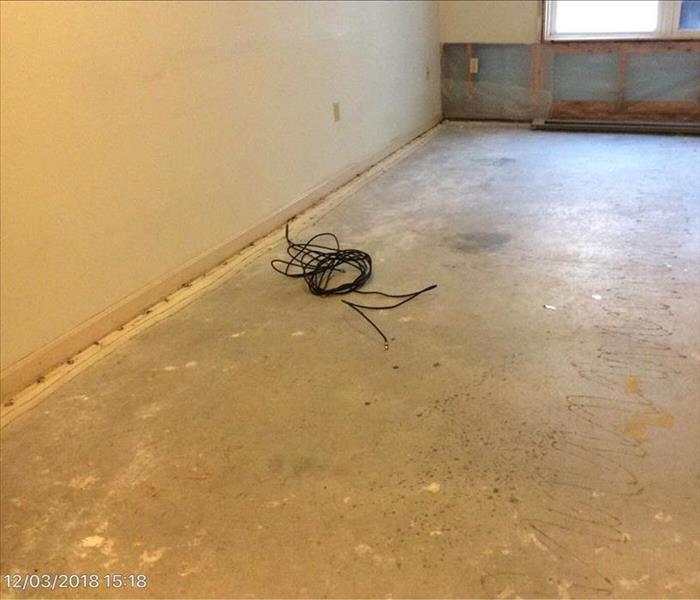Understanding How Humidity Impacts Mold Growth
7/10/2024 (Permalink)
 We explore the relationship between humidity and mold growth and provide insights into how to manage humidity levels effectively.
We explore the relationship between humidity and mold growth and provide insights into how to manage humidity levels effectively.
Humidity plays a significant role in mold growth within indoor environments. Excess moisture in the air can create the perfect conditions for mold spores to thrive and proliferate, leading to potential damage to property and compromising indoor air quality. In this blog post, we'll explore the relationship between humidity and mold growth and provide insights into how to manage humidity levels effectively to prevent mold infestations.
The Connection Between Humidity and Mold Growth
Ideal Conditions for Mold
Mold spores are ubiquitous in the environment, but they require specific conditions to grow and multiply. High humidity levels, typically above 60%, provide the moisture necessary for mold spores to germinate and form colonies on surfaces such as walls, ceilings, and floors.
Moisture Absorption
Humid air can lead to moisture absorption by building materials such as drywall, wood, and insulation. As these materials become saturated with moisture, they create a conducive environment for mold growth. Porous materials, in particular, are susceptible to mold infestations when exposed to elevated humidity levels.
Poor Ventilation
Inadequate ventilation exacerbates the impact of high humidity on mold growth. Without proper airflow, moisture-laden air becomes trapped indoors, increasing the risk of condensation and mold formation on surfaces. Areas with poor ventilation, such as bathrooms, kitchens, and basements, are particularly susceptible to mold growth in humid conditions.
Managing Humidity Levels to Prevent Mold Growth
Utilize Dehumidifiers
Dehumidifiers are effective tools for reducing indoor humidity levels and preventing mold growth. By extracting excess moisture from the air, dehumidifiers help maintain relative humidity levels below 60%, creating an inhospitable environment for mold spores to proliferate.
Improve Ventilation
Proper ventilation is essential for controlling humidity levels and promoting airflow within indoor spaces. Ensure adequate ventilation in areas prone to moisture buildup, such as bathrooms, kitchens, and laundry rooms, by installing exhaust fans or opening windows when possible.
Repair Leaks and Seal Cracks
Addressing sources of moisture intrusion, such as leaks and cracks in walls, roofs, and plumbing fixtures, is crucial for preventing mold growth. Regular inspections and timely repairs can help prevent water damage and mitigate the risk of mold infestations caused by excess moisture.
Monitor Indoor Humidity
Monitor indoor humidity levels regularly using a hygrometer or humidity meter. Ideally, indoor humidity should be maintained between 30% and 50% to prevent mold growth and maintain a comfortable indoor environment. Take corrective action if humidity levels exceed recommended thresholds.
Humidity plays a pivotal role in mold growth within indoor environments. By understanding the relationship between humidity and mold growth and implementing effective humidity control measures, property owners can mitigate the risk of mold infestations and maintain a healthy indoor environment. If you're dealing with mold issues or need assistance with humidity control, don't hesitate to contact a professional restoration company like SERVPRO® for expert guidance and assistance.




 24/7 Emergency Service
24/7 Emergency Service